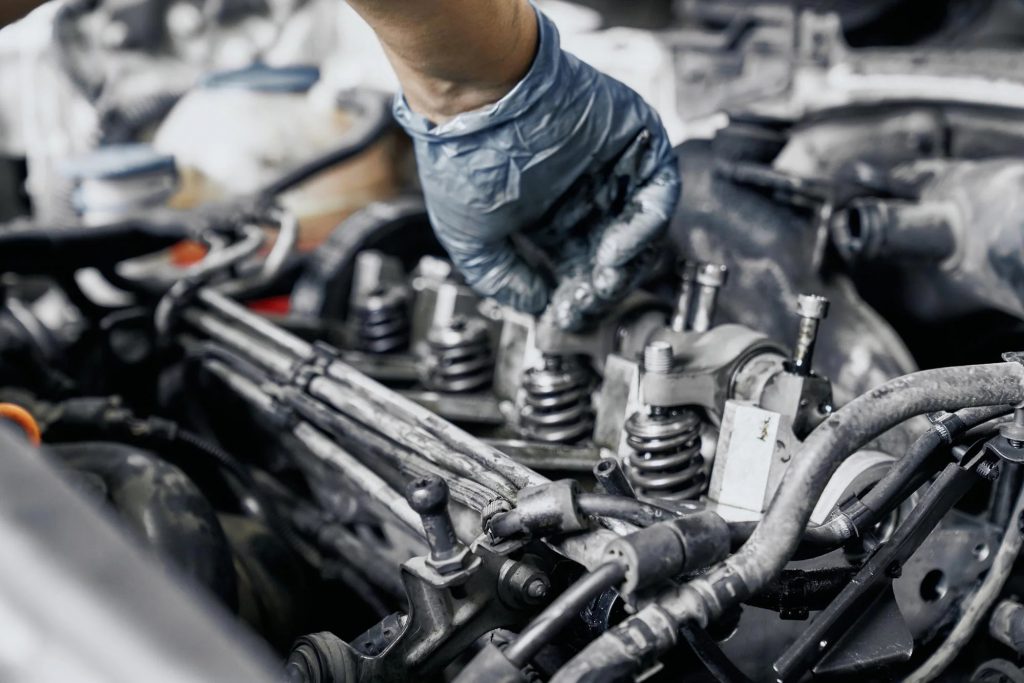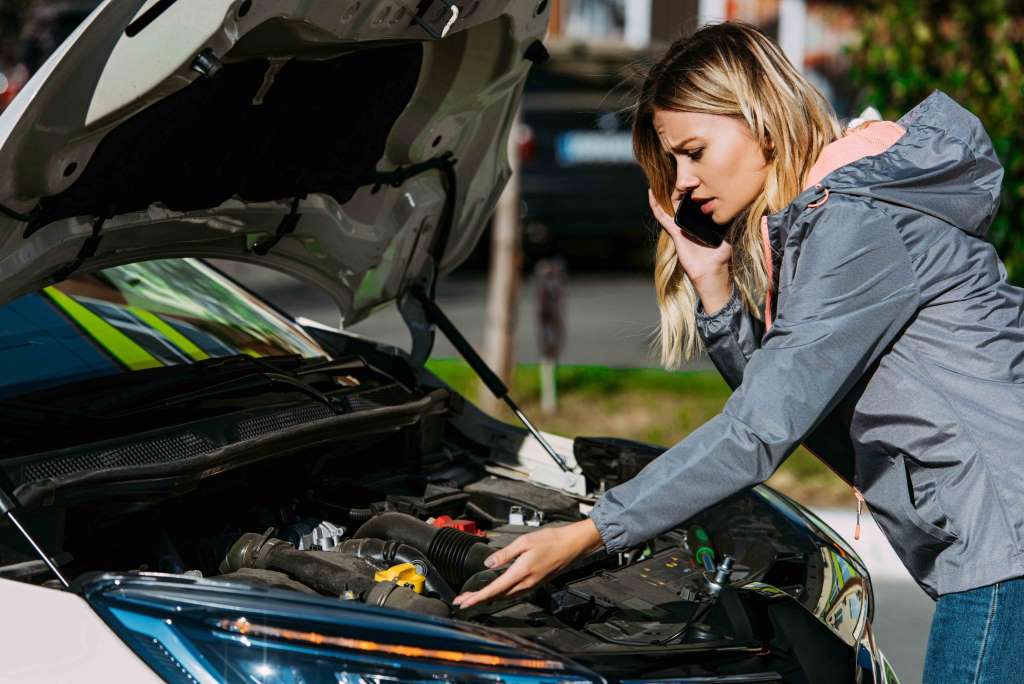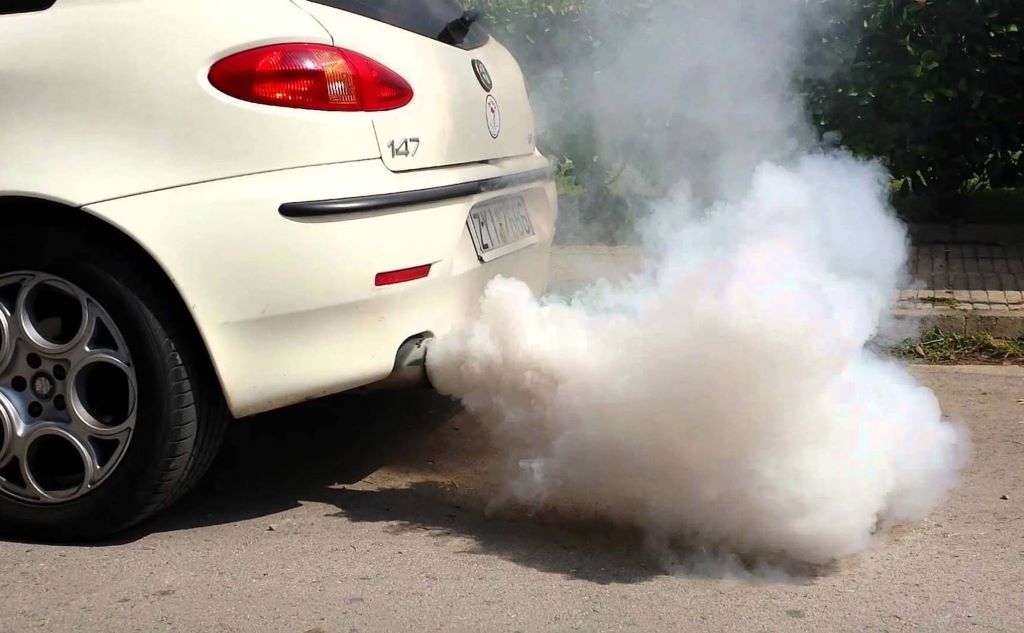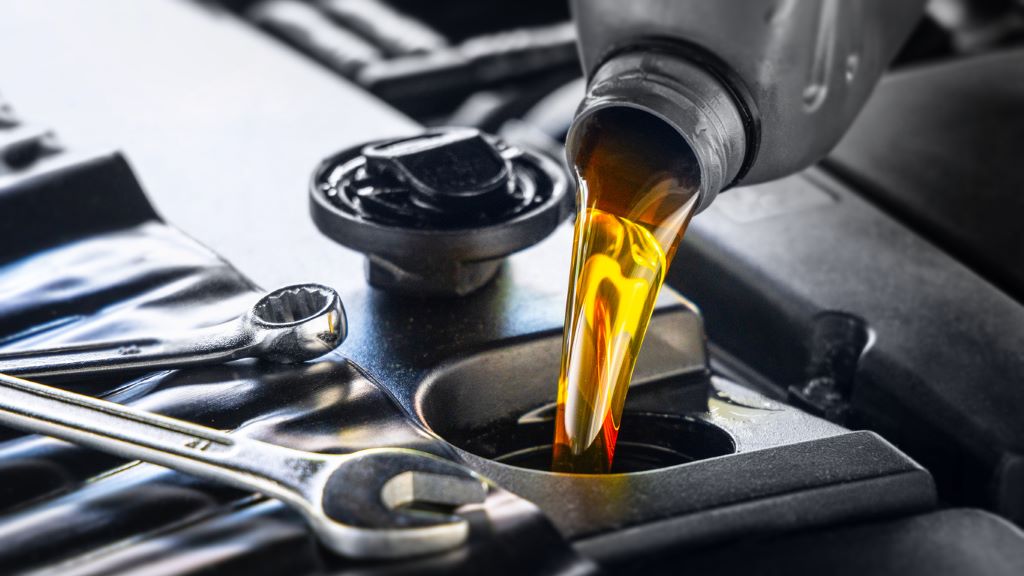Driving with low or no oil can have severe consequences for your vehicle’s engine. So how to tell if engine is damaged from no oil? Let’s follow along with Car From Japan!
Contents
How To Tell If Engine Is Damaged From No Oil
Immediate Symptoms Of Damaged Engine From No Oil
One of the most concerning signs of engine damage caused by low oil levels is the appearance of loud knocking or rattling sounds coming from the engine compartment.
Another telltale sign of low oil levels is excessive smoke, particularly blue or white smoke, emanating from the exhaust pipe. This smoke is often a result of unburned oil being expelled through the exhaust system.
Additionally, low oil levels can cause a noticeable reduction in engine power and performance. The engine may struggle to accelerate, lack power, or experience misfires. This is due to the engine’s inability to function optimally without adequate lubrication.
Overheating is another serious symptom. When the engine is deprived of proper lubrication, it can overheat, causing significant damage to internal components. The temperature gauge on the dashboard may rise rapidly.
Unusual smells, such as burning oil or metal grinding, can also be indicative of engine damage. These smells are often a sign of excessive friction and wear within the engine.

Visual Inspection
One of the first things to check is signs of oil leaks. Look for dark stains or puddles on the ground, particularly around the engine block, oil pan, and transmission.
Another important indicator is the presence of metallic particles or debris in the oil dipstick. If you notice any unusual particles, it could be a sign of excessive wear and tear within the engine.
Metallic particles can indicate that engine components are rubbing against each other, causing damage.
Additionally, a visual inspection of the engine components can reveal signs of wear or damage. Look for scoring, pitting, or other abnormalities on the cylinder heads, pistons, or connecting rods.
Finally, check the engine block for any cracks or warping. These are serious signs of damage that may require extensive repairs or even a replacement engine.
To perform a basic visual inspection of your engine, follow these steps:
- Park your car on a level surface to make it easier to inspect the undercarriage.
- Turn off the engine and allow it to cool to avoid the risk of burns.
- Open the hood and carefully inspect the engine compartment for any visible signs of damage or leaks.
- Use a flashlight to illuminate dark areas and get a better view of the engine components.
- Check the oil dipstick for any unusual particles or debris in the oil.
Consult your owner’s manual for specific guidance on inspecting engine components and identifying potential problems.
Listening for Clues
Knocking or tapping sounds can be indicative of issues with the engine’s internal components. These sounds may suggest problems with bearings, connecting rods, or other moving parts.
Metallic scraping or grinding sounds can also be a sign of damage, as these engine noises often indicate metal-on-metal contact. Not only that, whistling or hissing sounds may indicate air leaks or problems with the engine’s intake or exhaust system.

Examining Engine Performance and Functionality
Power Loss and Stalling
When an engine is deprived of adequate lubrication, it can lead to significant power loss. The friction between engine components increases, reducing the engine’s efficiency and ability to generate power.
In severe cases, an engine damaged by low oil levels may stall or refuse to start. The lack of lubrication can cause internal components to seize or become damaged.
Overheating
Engine oil also plays a crucial role in cooling the engine. Without proper lubrication, friction between engine components can increase, generating excessive heat.
Warped cylinder heads, damaged pistons, and other internal components can result from overheating. These issues can be costly to repair and may require extensive engine work.
It is essential to monitor the engine temperature gauge closely and address any overheating issues promptly.
Overheating can also lead to increased emissions. When an engine is operating at high temperatures, it can produce excessive emissions, contributing to air pollution and environmental concerns.
Additionally, overheating can damage the catalytic converter, a component responsible for reducing emissions.
Smoke and Emissions
Another indicator of engine damage caused by low oil levels is the presence of smoke from the exhaust. Different types of smoke can signal specific problems:
Blue smoke
When oil enters the combustion chamber, it burns, producing blue smoke. This is a clear sign that the engine is consuming excessive oil, which can lead to engine damage if not addressed.
White smoke
While white smoke can sometimes indicate burning oil, it can also be a sign of coolant leakage. If coolant is entering the combustion chamber, it can produce white smoke.

Diagnostic Tools and Procedures
Diagnosing engine damage caused by low oil levels requires specialized tools and procedures. Mechanics often employ compression tests to assess the condition of the engine’s cylinders.
Oil analysis can also provide valuable insights into the engine’s health. By examining the oil for contaminants, metal particles, or signs of excessive wear, mechanics can identify potential problems and assess the severity of the damage.
Endoscopes, equipped with cameras and lights, can be used to visually inspect internal engine components. This allows mechanics to identify specific areas of damage, such as scored cylinder walls or worn bearings.
Repair Options and Costs For Damaged Engine From No Oil
The cost of repairing engine damage caused by low oil levels can vary significantly depending on the extent of the damage and the specific repair options available. Here are some potential repair options:
Engine rebuild
A complete engine rebuild involves disassembling the engine, repairing or replacing damaged components, and reassembling it. This is a labor-intensive process that can be costly, but it may be necessary for extensive damage.
Engine replacement
In severe cases, a complete engine replacement is a must. This involves removing the damaged engine and installing a new or rebuilt one. Engine replacement is typically the most expensive option but is necessary to restore the vehicle’s functionality.
Used engine
In some cases, it may be possible to find a used engine that is compatible with your vehicle. This can be a more cost-effective option compared to a new engine, but it may carry some risks in terms of reliability and longevity.
How To Prevent Engine Damaged From No Oil
Regular oil changes
Maintaining regular oil changes is crucial for ensuring the health and longevity of your engine. Following the manufacturer’s recommended oil change intervals helps to keep your engine lubricated and prevent excessive wear and tear.
Monitoring oil levels
Regularly checking your engine’s oil level is essential to prevent damage caused by low oil. Use the dipstick to measure the oil level, ensuring it is between the “Full” and “Add” marks.
Addressing oil leaks promptly
Inspecting your engine for leaks is another important step in preventing engine damage. Look for signs of oil leaks, such as dark stains or puddles beneath your car.
If you notice any leaks, address them promptly to prevent further oil loss and potential engine damage.
Check out this video from Project Farm to learn more about engine damages without oil!
So here are our notices on how to tell if engine is damaged from no oil. Hope you find this article helpful to some extent and get the information you want.
For more Car maintenance tips, follow Car From Japan today!



